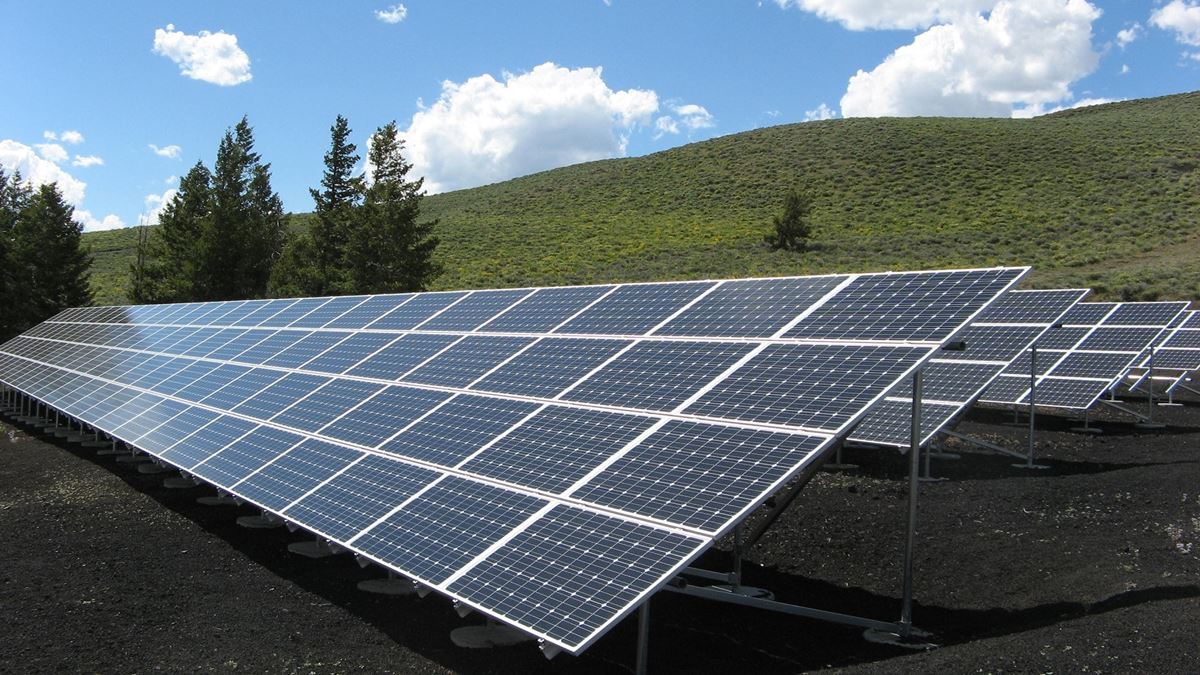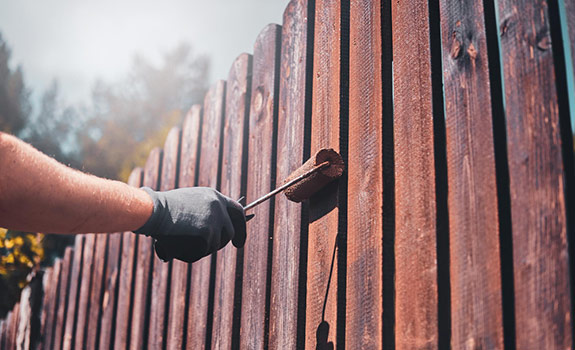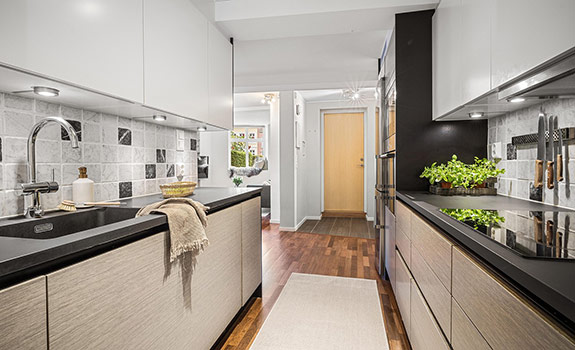Sustainable living means leading a life that’s kinder to the environment. Essentially, this practical philosophy entails the wise use of natural and renewable resources and minimizing the amount of waste we create.
Most people think that living a sustainable life is unattainable. But the truth is that sustainability touches all aspects of our daily life. And thanks to modern technology, there are plenty of ways to lead an environmentally friendlier life and make Mother Earth a little better in everything we do.
From going solar to installing a tankless water heater, here are five ways modern technology can make your life greener at home!

Go Off-Grid with Solar Panels
The United Nations defines sustainability as development that helps improve today’s life while guaranteeing a safe future for the next generations. Going by this definition, it’s agreeable that no other energy source achieves this better than solar power.
The sun is an infinite energy source that’s expected to continue running for billions of years to come. In addition to its renewable characteristics, another major plus for solar power technology is that it does not cause air or noise pollution or release greenhouse gasses. When you install solar panels on your roof, they will sit there for two to three decades, doing nothing else but produce clean energy.
An off-grid solar kit has a steep upfront cost of $12,000 to $50,000, so it pays to have it adequately covered by your HO3 policy.
But after installation, there are plenty of financial benefits that come with going the solar route. The most obvious benefits include;
- Reduced power bills- this could be up to $1500 annually.
- Federal solar tax credit- you can claim 22%-26% of the cost of your solar energy system from your federal income taxes.
- State government rebates- incentives that dramatically reduce solar power installation costs.
- A boost to your home’s value- experts say that installing a solar power kit can increase your home’s value by up to 4.1%.
Install a Smart Meter
Smart meters are a crucial ally in the journey towards efficient grid energy usage. At the basic level, a smart meter performs the same functions as an old-style meter: measuring and recording electricity usage.
But a smart meter is just that- smart! It has a secure data network through which it sends automatic, accurate readings to your supplier. As such, the need for manual meter readings is eliminated. A smart meter also maintains regular communication with your energy supplier. It notifies them of a power outage in your neighborhood, so the issue is resolved much faster.
So, how does a smart meter promote a sustainable lifestyle? In addition to eliminating estimated energy bills, a smart meter has a digital display showing your real-time energy consumption. This is important for monitoring your household energy consumption and looking for ways to reduce it. An unexplainable spike in meter reading can also alert you to a possible flaw early, saving you a fortune.
Switch to a Tankless Water Heater
If you haven’t already, it may be time you started reaping the benefits of a tankless water heater. A tankless heater gets its name from its design, which doesn’t include a reservoir for storage purposes. Instead, these appliances/plumbing fixtures heat your water on demand. For that reason, tankless water heaters are also called instant-on, on-demand, inline and continuous flow heaters.
The benefits of tankless water heaters to the environment are plentiful. First, because an on-demand water heater heats water only when needed, it’s much more energy-efficient than its conventional tank-based counterpart. Energy.gov says that households that use 41 gallons of water and below could see a 24%-34% increase in energy savings.
Speaking of energy-saving, tankless water heaters require less gas than traditional tank heaters. Hence, tankless water heaters produce less carbon dioxide in the long run.
It’s also worth noting that tankless water heaters don’t occupy much space and typically last longer than a typical tank-style system.
Transition to a Paperless Lifestyle
Most companies and businesses today are going paperless for ethical and security reasons. From an ethical point of view, the main goal of cutting down on paper usage is to reduce the burden on the environment by minimizing air and waste pollution, discouraging deforestation, saving the trees and promoting water conservation.
Going paperless could be the easiest (and cheapest) way of living sustainably as an eco-conscious homeowner. Beyond being a responsible human being, a paperless lifestyle reduces clutter around your home office, saving you precious time that would have gone into sorting, printing, filing and mailing. Going digital also means increased productivity and the ability to work remotely.
With the recent technological advancement, we’re much closer to a completely paperless future than ever before.
Steps and Tips to Help You Go Paperless at Home
- Sign up for electronic mails and bills
- Unsubscribe from junk mail lists
- Scan your documents and store them digitally
- Pay bills online
- Invest in a cloud-based storage service, such as Google Drive, Microsoft OneDrive or Dropbox
- Create a habit of scanning and shredding incoming papers
- Switch from print books to a kindle
Upgrade to Sustainable Gardening Practices
Gardening is not always the innocent, green hobby the media portrays. Unless it’s done sustainably, the small modern garden in your backyard could be contributing to your carbon footprint without your knowledge.
Sustainable gardening entails employing sound farming practices that don’t end up causing more harm than good to the environment and its habitants.
Here are top sustainable gardening techniques for beginners to help you pitch in the green revolution while creating your own supply of vegetables and fruits:
- Limit the use of synthetic fertilizers
- Consider alternatives to hazardous chemical pesticides, e.g., biopesticides and natural predators
- Mulch your garden to promote soil moisture retention and prevent weed growth
- Start a compost pile to reduce overdependence on chemical fertilizers and reduce unnecessary landfill waste
- Plant native plants because they don’t require much work and tend to thrive better with less water.
- Find ways to use less water in your garden and landscape. Some excellent ideas here include watering early in the morning, installing drip irrigation and using harvested rainwater instead of tap water.
- Embrace hydroponic plant cultivation and save up to 90% of the water used for regular farming.
Published in: Smart home | Author: Nikki






